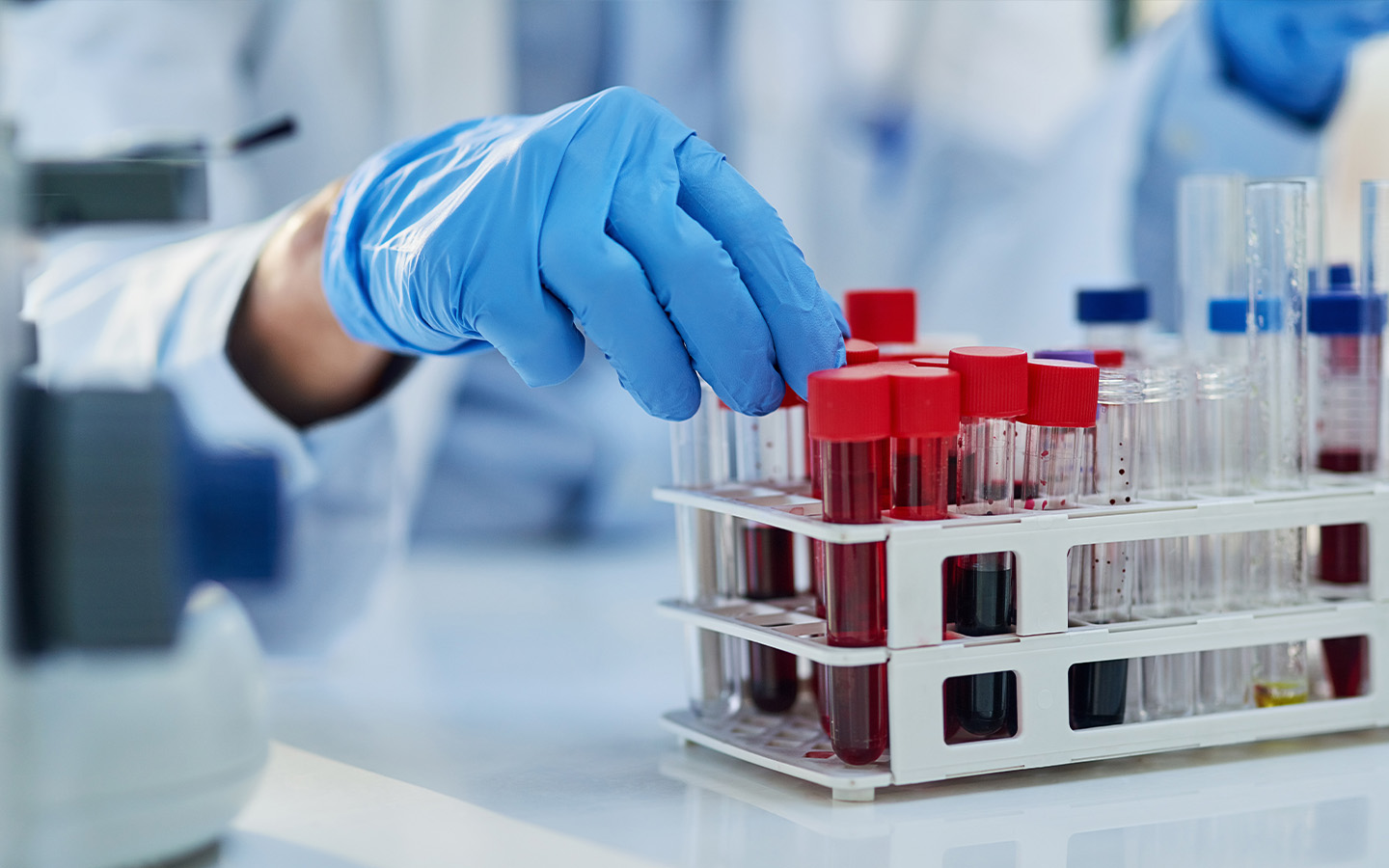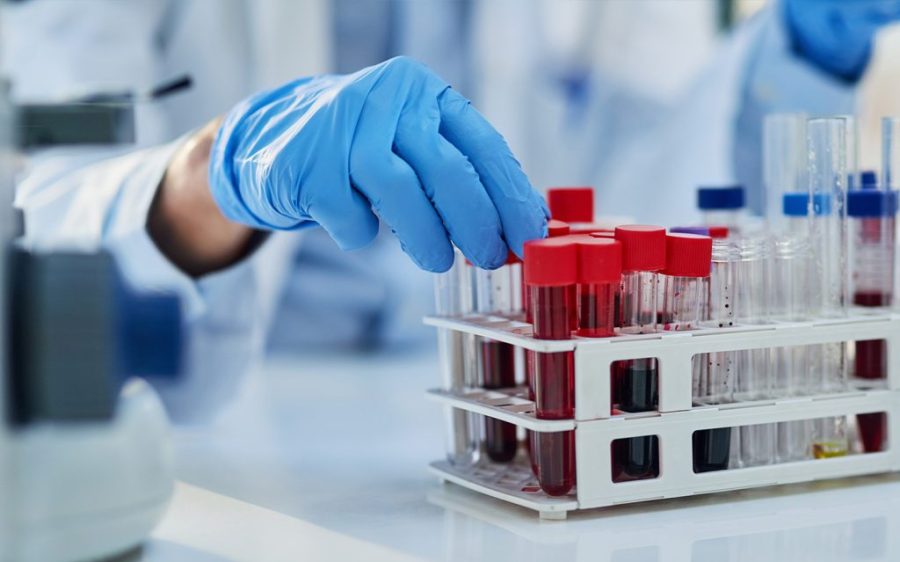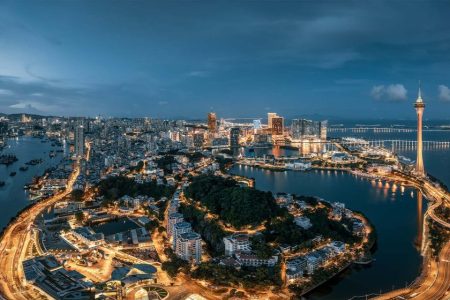Macao reported its first two local cases of chikungunya fever late last week, with both transmissions of the mosquito-borne disease linked to those of workers employed in the construction sites of Urban Zone A – a large reclamation area in the city’s northeast.
The first case was announced on Friday and involved a 34-year-old male Macao resident who lives in building 8 of Edifício Jardim Kong Fok On in Areia Preta.
The man began to suffer from a sore throat on 27 July, but did not exhibit signs of fever or joint pain. A test for chikungunya on the same day came back negative.
The patient’s symptoms continued to persist, with rashes appearing on his arms and chest on 1 August. After visiting the Conde de São Januário Hospital and undergoing another test for chikungunya, the man was diagnosed with the disease.
A second case involving a 34-year-old female Macao resident, who lives in Edifício Kuan Hong on Calçada do Tronco Velho, was recorded on Saturday.
Rashes began to appear on the woman’s limbs on 30 July, with additional symptoms such as fever and rashes to the face appearing on 1 August. She sought medical attention at the Kiang Wu Hospital that same day and tested positive for chikungunya on 2 September.
The Health Bureau says that cases involving the locally infected pair are connected with those of non-resident construction workers at Urban Zone A, whom the mainland authorities had reported earlier as having contracted the virus. Both the woman and the man work on construction sites in the same location.
Macao has recorded 8 cases of chikungunya so far this year, including 6 imported cases and the 2 local cases.
[See more: Zhuhai, Hong Kong on high alert for chikungunya as regional epidemic spreads]
In response to the city’s first two local transmissions, Macao’s health authorities have launched a mosquito elimination program around the residences of the infected, and are conducting checks for mosquito nesting sites.
The construction sites where the pair worked also suspended operations on 30 July and will remain shuttered until the operators make changes to the surrounding environment to prevent the spread of mosquitoes.
On 2 July, the government applied chemical control measures across all the construction sites in Urban Zone A between 5 pm and 7 pm, in an attempt to rid the locations of mosquitoes.
As well, a government-led city-wide campaign against dengue and chikungunya fever was launched yesterday, with the authorities hoping to educate residents about preventive methods through door-to-door visits.
Data shared during the launch ceremony revealed that 8,903 inspections for stagnant water – where mosquitoes like to breed – had been conducted in residential areas in the first seven months of this year. There were also nearly 1,500 chemical control sessions carried out across 140 hygiene black spots.
Meanwhile, neighbouring Hong Kong recorded an imported case of chikungunya on Saturday. The infection – the city’s first since 2019 – involved a 12-year-old boy who began to exhibit symptoms on 31 July and is now in a stable condition.
The epidemic in Guangdong province has also continued to spread, with local authorities registering 2,892 new cases between 27 July and 2 August. These include 2,770 infections in Foshan, the epicentre of the outbreak; 65 in Guangzhou; 11 each in Dongguan and Zhongshan; 6 cases each in Shenzhen, Jiangmen and Zhaoqing; 5 in Meizhou; 4 each in Zhuhai and Meizhou; 2 in Chaozhou; and 1 each in Yangjiang and Yunfu. None of the cases have resulted in severe symptoms.






